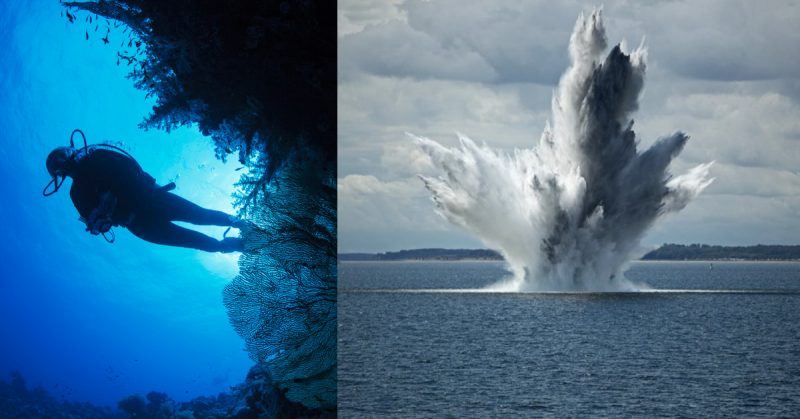Even when wars end and gunfire is silenced, their reverberations carry on for years, sometimes for decades. Conflicts like World War II leave scars that only a massive political will can eventually mitigate.
Estonia, on the coast of the Baltic Sea, is one nation that is still coping with just such a scar, in the form of thousands of mines dumped into the water by the Allies at the end of the war.
The Baltic is not the only body of water littered with munitions from the war–the North Atlantic and the Mediterranean are, as well. At present, the Estonian Navy is making an ongoing effort to clear them, and that is no easy task for a relatively small navy with a limited number of expert divers who can dismantle mines safely.
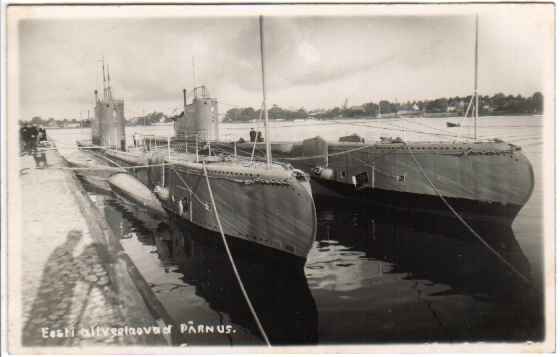
Second Lieutenant Karl Baumeister, a spokesman for the Estonian Navy, said in an interview last fall that neutralizing the rusting mines is a slow and laborious task, as the Navy has only three hundred sailors in its ranks. “Sometimes,” he mused, “when we have U.S. destroyers visiting the bay, there are more American[s] on board than our country has sailors.”
But nonetheless, the political will in Estonia to clear the dangerous inventory is strong. The work keeps divers like Chief Petty Officer 2nd Class Imre Alljarv extremely busy.
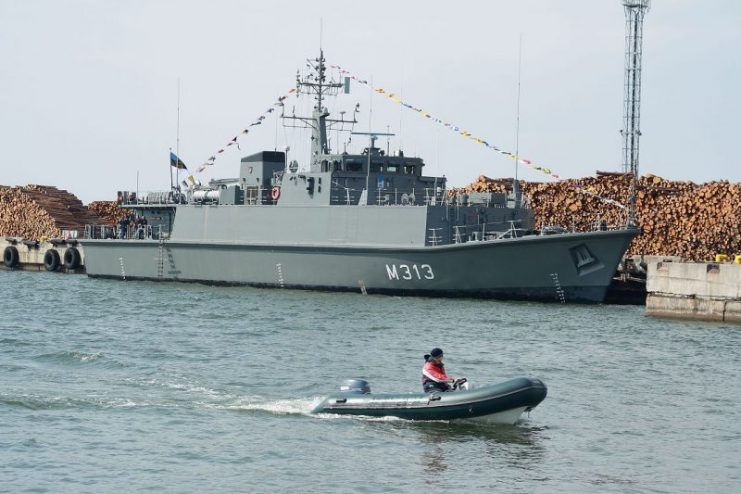
The mines and bombs may be old, but they are far from harmless. In 2005, three Dutch fisherman died when they inadvertently reeled in a WWII bomb and it exploded. In August 2018, 2,000 residents and tourists alike had to leave the Polish city of Kolobrzeg, a popular vacation town, when three bombs were found in the bay.
No one is permitted to fish any waters in which the number of mines needed to be cleared is high enough to be prohibitively expensive. In those cases, they stay in the sea.
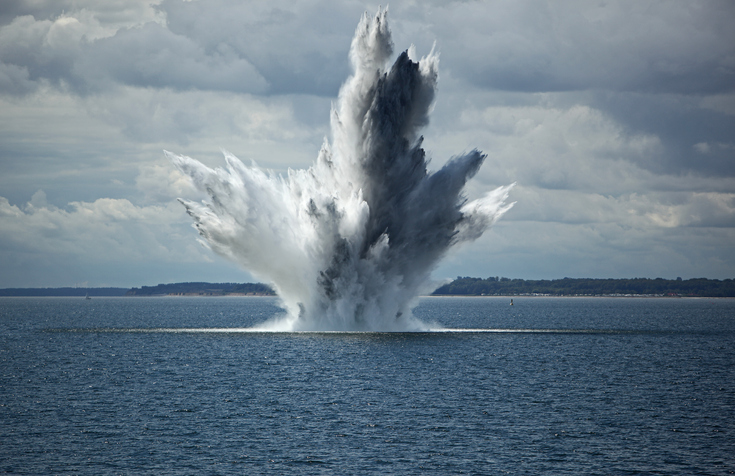
Officials must often “capture” bombs and mines that rest too close to shore, carry them further out to sea, and detonate them in a safe and controlled fashion. One region at particular risk is the city of Tallinn.
During the war, its waters were a key passageway to St. Petersburg, then known as Leningrad. Navy officials believe there are approximately 50,000 mines tucked away in the sea bed nearby the city.
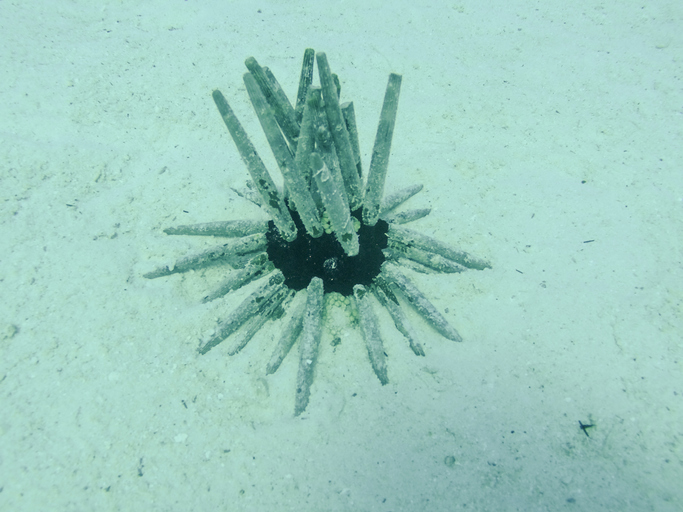
The Estonian Navy has just three small ships dedicated to finding the mines, so every diver gets to work as soon as he’s thoroughly trained. As Alljarv explained, “Many American divers with the same training might go 10 or even 20 years without ever seeing a mine underwater.”
He reckons that he has already defused about 50 mines in his 13-year career. And while Alljarv admits that the work initially made him edgy, he says he now finds that “I’m not really nervous anymore. I actually think they’re exciting.”
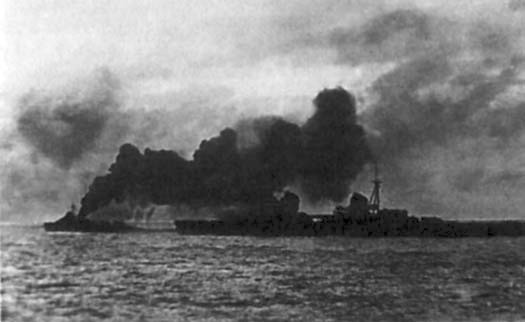
During the war years, Germany was of course the enemy, but now it helps clear the mines and bombs. Furthermore, Estonia, Germany, and other Western European nations and Baltic countries compete each year to see who can defuse the most. About the friendly rivalry, Baumeister said, “the Germans usually win.”
It’s unfortunate that the Allies used the area as a kind of watery garbage dump after the war, but at the time, they thought it the safest disposal method.
Now, we are wiser about the costs of such actions to the ocean’s environment, and to the people who inhabit the land surrounding it. But the Estonian Navy is not daunted by its task.
There are still approximately 80,000 mines remaining in the Baltic Sea, according to Commander Peter Ivask, head of the Estonian Navy. He noted, “It’s unbelievable how many mines there still are…our mission here will last decades.”
